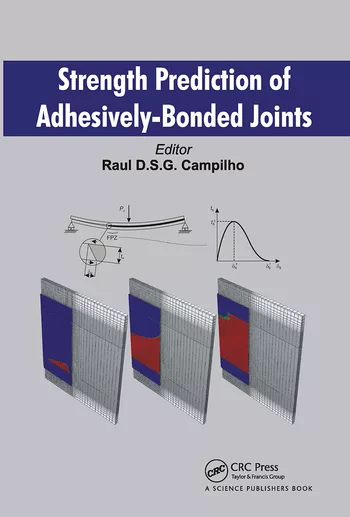Regulatory Revew
TSCA Could Provide Unintended Consequences
Final legislation could require the EPA—for the first time—to make a decision about whether a new chemical would ever pose an unreasonable risk.
We are all familiar with the social science concept of unintended consequences—outcomes that weren’t foreseen or intended. History is rife with examples of well-meaning intentions that somehow went awry. In the 19th century, Australia introduced rabbits into the country as means for providing an additional food supply for its indigenous people. What they got was a Bugs Bunny wonderland that resulted in an ecological nightmare that the country is still dealing with on some levels.
Closer to home, in the 1930s, the Civilian Conservation Corps introduced a lovely ornamental plant to help control erosion around the Tennessee Valley Authority (TVA) projects. Today the U.S. Forest Service estimates that kudzu is spreading at an annual rate of 2,500 acres a year and has earned the nickname of “the vine that ate the South.” Perhaps one of the worst examples of this phenomenon is Prohibition, when the federal government, trying to suppress the alcohol trade, drove the small-time suppliers out of business and consolidated the hold of large-scale organized crime on a multi-million-dollar national industry.
While nowhere near the scale of these historical debacles, our industry and other formulating manufacturers have been running into their own version of the law of unintended consequences, as a result of the new Frank R. Lautenberg Chemical Safety for the 21st Century Act (revision to the Toxic Substances Control Act). Historically, the Environmental Protection Agency (EPA) has reviewed 500-1,000 new chemicals annually under TSCA Section 5. Little discussion took place on the Section 5 provisions during the legislative negotiations last year. In fact, during many of the congressional hearings on TSCA, speakers from the EPA, industry and the NGO community consistently praised the effectiveness of that part of the existing regulation.
In the final legislative revision, however, new language was included that did require the EPA—for the first time—to make a decision about whether a new chemical would ever pose an unreasonable risk. The agency has decided to interpret that as a decision that must be made before any new chemical has entered into commerce. According to the EPA’s present reasoning, it must consider the intended, known, or reasonable foreseen conditions of use by which new chemicals would be manufactured, processed, distributed in commerce, used, or disposed.
Now there’s the rub. In trying to anticipate every single use and consequence of new chemicals within the agency’s imagination, it has created a paralysis-by-analysis situation. The result has been that many companies, Adhesive and Sealant Council (ASC) members included, have found decisions on Premanufacture Notices (PMN) and exemption requests stalled indefinitely.
So we’ve identified the problem; what can we do about it? The ASC has already taken some steps. Last month, we sponsored, along with American Cleaning Institute (ACI) and the Society of Chemical Manufacturers and Affiliates (SOCMA), a one-day seminar that offered practical guidance on the new PMN process. The seminar included discussion of pre- and post-notification strategies while allowing attendees to share some of the things that have worked and not worked for them since EPA instituted its policy changes.
In the longer term, the ASC and other members of the American Alliance for Innovation (AAI) have started to set up meetings with the new EPA administrator, Scott Pruitt, and his staff to point out how current interpretation of the revised TSCA is unreasonable and inconsistent with the other provisions and the general intent of the legislation. We are hopeful that these steps will address the problem but, if necessary, we may have to go back to Capitol Hill to ask legislators who wrote the revised TSCA to provide further direction to the EPA about what they actually meant when they revised Section 5.
It is my hope that once we get some fresh sets of eyes from the agency’s upper management, there will be a return to how TSCA Section 5 program was conducted in the past. This will enable adhesive and sealant manufacturers to do what they do best—offer fresh product innovations for their customers. ASI
Any views or opinions expressed in this column are those of the author and do not represent those of ASI, its staff, Editorial Advisory Board or BNP Media.
Looking for a reprint of this article?
From high-res PDFs to custom plaques, order your copy today!





